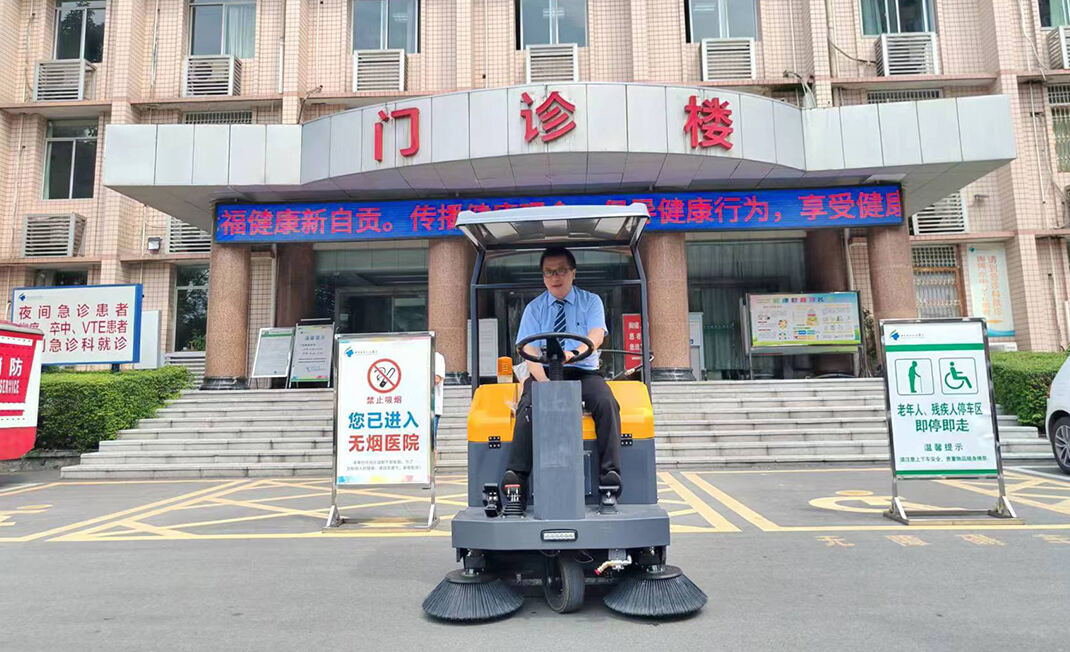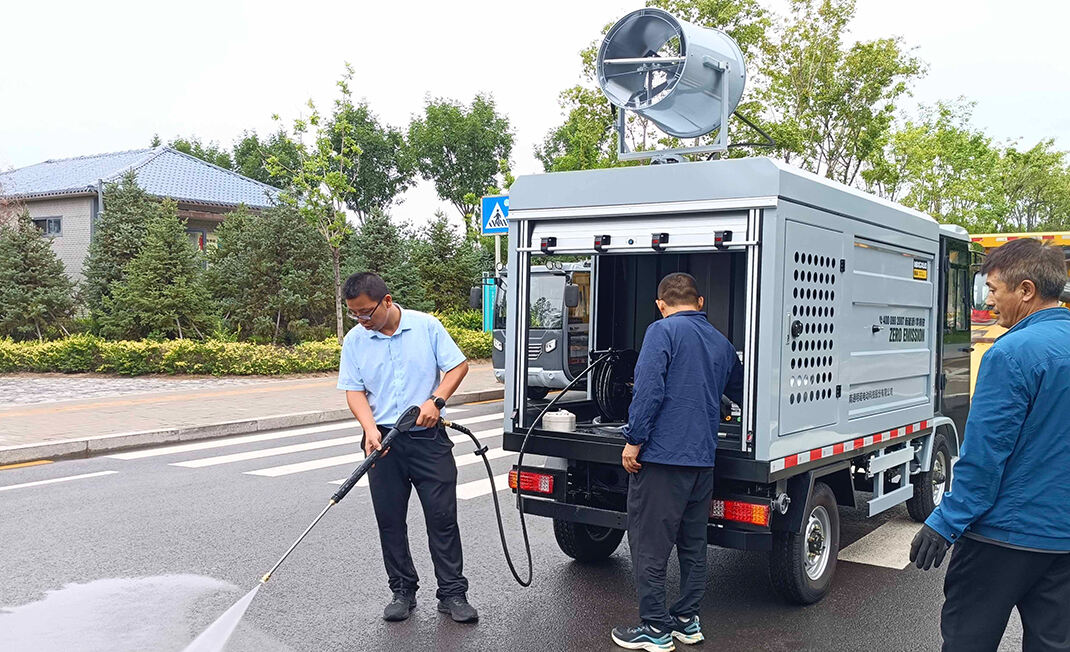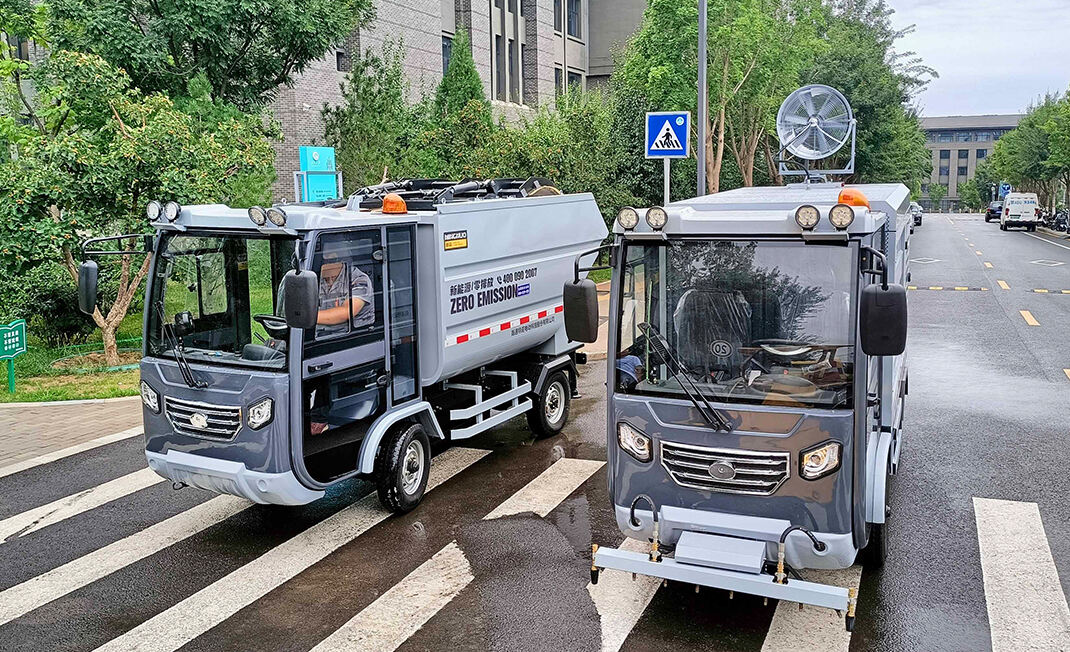School and Hospital
Core Needs
1、Fine cleaning: schools and hospitals are crowded and require a high standard of hygiene places, especially teaching buildings, laboratories, corridors, wards and other areas, the need for fine cleaning work to achieve a high standard of hygiene requirements in order to ensure that the environment is hygienic and clean
2、Hygiene and sanitation: In school and hospital environments, cleanliness is not just about surface cleanliness, but also involves hygiene and sanitation, especially during infectious disease control and epidemic, where disinfection is essential. Hospitals also need to avoid cross-infection, and schools need to prevent the spread of infectious diseases such as influenza.
3、Safe and reliable: schools and hospitals are crowded, the equipment needs to run smoothly during use, to avoid safety problems caused by operating errors or equipment failure
Recommended Products
1、Ride on Floor Scrubber V75

Through the combination of brush and suction system, the scrubber is able to cooperate with the detergent to carry out a comprehensive deep cleaning of the ground, with good cleaning effect, especially suitable for hospitals and schools and other areas where the ground is frequently touched.
Advantage: With the use of detergents can efficiently remove floor stains, oil, sewage, etc., to meet the requirements of deep cleaning and disinfection, while easy to operate, suitable for use in teaching buildings, hospital corridors, wards and other areas of heavy pedestrian traffic
2、High-pressure Washing Tricycle MN-H53

Features: High-pressure washing car through a strong water pressure, can thoroughly clean the external environment of hospitals, school playgrounds and parking lots and other stubborn stains on the ground.
Advantage: Suitable for cleaning oil and stains in large areas such as school playgrounds, hospital facades, parking lots, etc. Especially during epidemic, it can be effectively disinfected by high-pressure water flow cleaning.
3、Mini Ride-on Sweeper MN-C150/C200X

Features: The electric sweeper is equipped with a powerful vacuum system and garbage sweeping function, capable of cleaning corridors, squares, hallways and other areas.
Advantage: Highly efficient trash sweeping and vacuuming function removes fallen dust, trash, and leaves, easy to operate and low noise, suitable for hospitals and school environments, without disturbing the normal activities of students or patients.
4、Garbage Collection Vehicle MN-H91/MN-H92

Features: Garbage collection trucks are used to transport all kinds of garbage generated by schools and hospitals, and to collect and remove them in a categorized manner
Advantage: Large-capacity design, suitable for large-scale garbage removal work, to ensure that the garbage can be removed and disposed of in a timely manner, to avoid the accumulation of garbage caused by the health hazards. It is especially suitable for places like hospitals and schools, where large amounts of garbage need to be cleaned up regularly.
Overall Advantages
1.Deeply cleaned and sanitized to meet strict hygiene standards
2.High safety for high-frequency, high-density cleaning tasks in high-traffic areas
3.Easy to operate, one button to start the cleaning mode, easy for operators to get started
Typical Case
In order to cope with the cleaning and disinfection of large-scale wards, corridors, bathrooms and other areas, and to ensure that the cleaning work is done efficiently, quickly and safely under the premise of strict hygiene standards, the hospital has introduced a combination of cleaning equipment solutions from the Mingnuo. The hospital is equipped with equipment such as floor scrubbers, high-pressure washing tricycle, electric sweepers and garbage collection trucks, which, together with disinfectant solutions, can effectively remove bacteria and viruses, realizing all-around cleaning from indoors to outdoors, from halls to wards, and from sweeping to garbage removal. Reduces manual cleaning time and low noise design does not affect patients' rest. Floor cleanliness increased by 50%, hospital infection incidence decreased by 15% compared to the same period last year.
 EN
EN
 AR
AR
 BG
BG
 HR
HR
 NL
NL
 KO
KO
 NO
NO
 PL
PL
 PT
PT
 RO
RO
 RU
RU
 ES
ES
 SV
SV
 IW
IW
 ID
ID
 LV
LV
 SR
SR
 SK
SK
 SL
SL
 UK
UK
 VI
VI
 GL
GL
 HU
HU
 TH
TH
 TR
TR
 FA
FA
 AF
AF
 MS
MS
 GA
GA
 HY
HY
 KA
KA
 BN
BN
 BS
BS
 MN
MN
 KK
KK
 UZ
UZ
 KY
KY
 FR
FR
 DE
DE
 EL
EL

